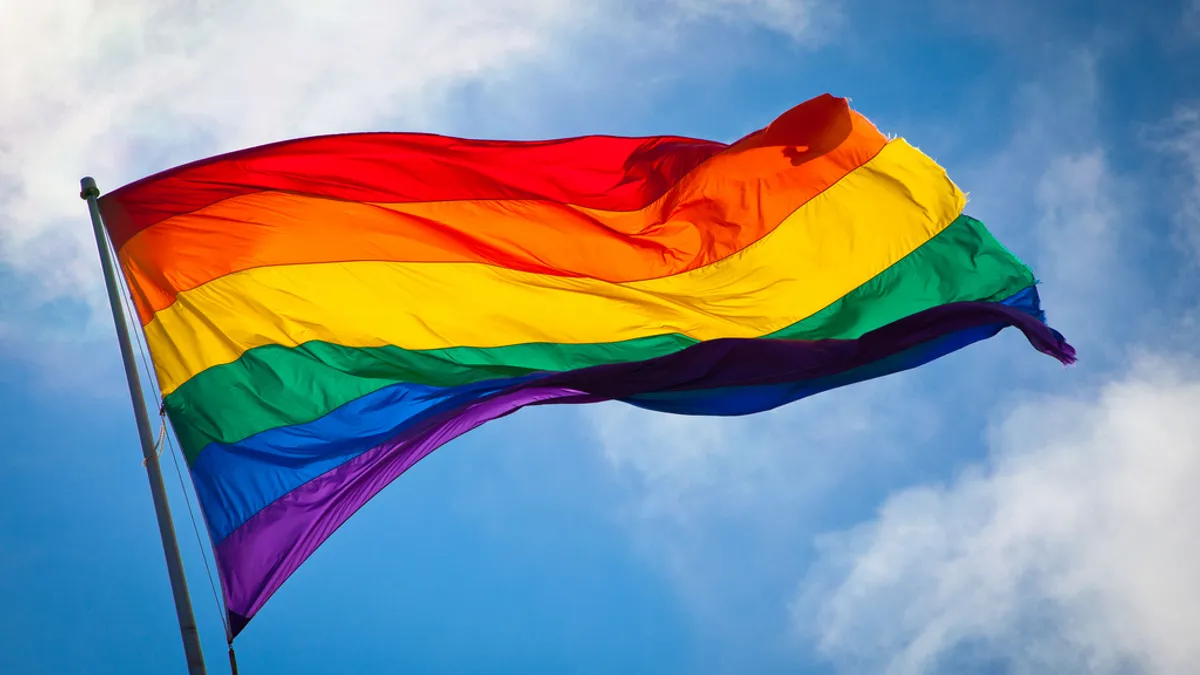Dive Brief:
- An employee claiming that she was forced out of her job because of her sexual orientation has asked the U.S. Supreme Court to hear her case and decide whether federal law protects workers from discrimination based on their sexual orientation.
- In considering her case, the 11th U.S. Circuit Court of Appeals held that gender nonconformity is covered under the sex discrimination protections of Title VII of the Civil Rights Act of 1964. Sexual orientation itself, however, is not, the appeals court concluded.
- Lambda Legal and the employee have now asked the Supreme Court to weigh in, arguing that sexual orientation cannot be separated from gender nonconformity.
Dive Insight:
As often happens with such issues, the federal courts of appeal have created a divide. Only the 7th Circuit has held that Title VII prohibits discrimination based on sexual orientation; the 2nd and 11th Circuits have reached the opposite conclusion. (The 2nd Circuit, however, will soon reconsider its ruling).
What's novel about this particular question, however, is another split — one within the federal government. The U.S. Equal Employment Opportunity Commission has long taken the position that Title VII protects employees from discrimination based on their sexual orientation. But the Trump administration (through the U.S. Department of Justice) recently filed a friend-of-the-court brief urging the 2nd Circuit to uphold its original ruling that employees are not protected from discrimination based on sexual orientation. "[T]he EEOC is not speaking for the United States and its position about the scope of Title VII is entitled to no deference beyond its power to persuade,” DOJ told the court.
Experts say this second split could make the issue extremely ripe for Supreme Court review, and that the government's position may eventually win out, considering the High Court’s makeup (and its newest addition’s disdain for agency deference).
Management-side employment law attorneys have urged businesses to refrain from discriminating against applicants and employees based on their sexual orientation (which can include failing to address harassment by coworkers or customers), regardless of how the issue plays out. The task of separating gender nonconformity from sexual orientation is a difficult one, and that argument doesn't work in every circuit. Instead, it's safer to add LGBT workers to your EEO policy now, they say, and avoid becoming a test case later.














